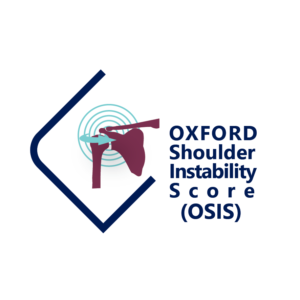During the development of the Oxford Shoulder Score it became clear that patients presenting with persistent dislocation or subluxation of the shoulder were a distinct group whose condition was usually characterised by anticipation of problems arising in relation to specific activities rather than pain. This group required a specific outcome measure of its own, which led to the development of the OSIS.
The OSIS was developed using a multi-stage process, consistent with industry best-practice methods. The OSIS joins a portfolio of well-regarded and widely used orthopaedic PRO measures created by Dr Jill Dawson at the Health Services Research Unit (HSRU) in association with colleagues at the Nuffield Department of Population Health and the Nuffield Department of Orthopaedics, Rheumatology and Musculoskeletal Sciences (NDORMS) at the University of Oxford. The development of the OSIS was supported by world-leading clinicians at the NDORMS led by Professor Andrew Carr. Professor Carr was elected a fellow of the Academy of Medical Sciences in 2009 and is President elect of the British Elbow and Shoulder Surgery Society.
The items in the OSIS were derived from exploratory interviews rather than from clinical assumptions. Draft versions were tested on patients and the final content only agreed when patients understood it and felt no important items had been omitted. Subsequent testing of the OSIS was conducted on 92 patients exhibiting problems related to instability of the shoulder. Test results from the study of the 92 patients show the OSIS to be reliable, valid and sensitive to change.
Details of the development and validation of the OSIS are described in:
Dawson J, Fitzpatrick R, Carr A. The assessment of shoulder instability. The development and validation of a questionnaire. J Bone Joint Surg Br. 1998 Jan;81-B:420-6
The intraclass correlation has been calculated as 0.90 (95% C.I. 0.74, 0.96) (Moser, 2008). Moser,J.S., Barker,K.L., Doll,H.A., Carr,A.J. (2008) Comparison of two patient-based outcome measures for shoulder instability after nonoperative treatment. Journal of Shoulder and Elbow Surgery; 17 (6): 886-892
^ Back to top






